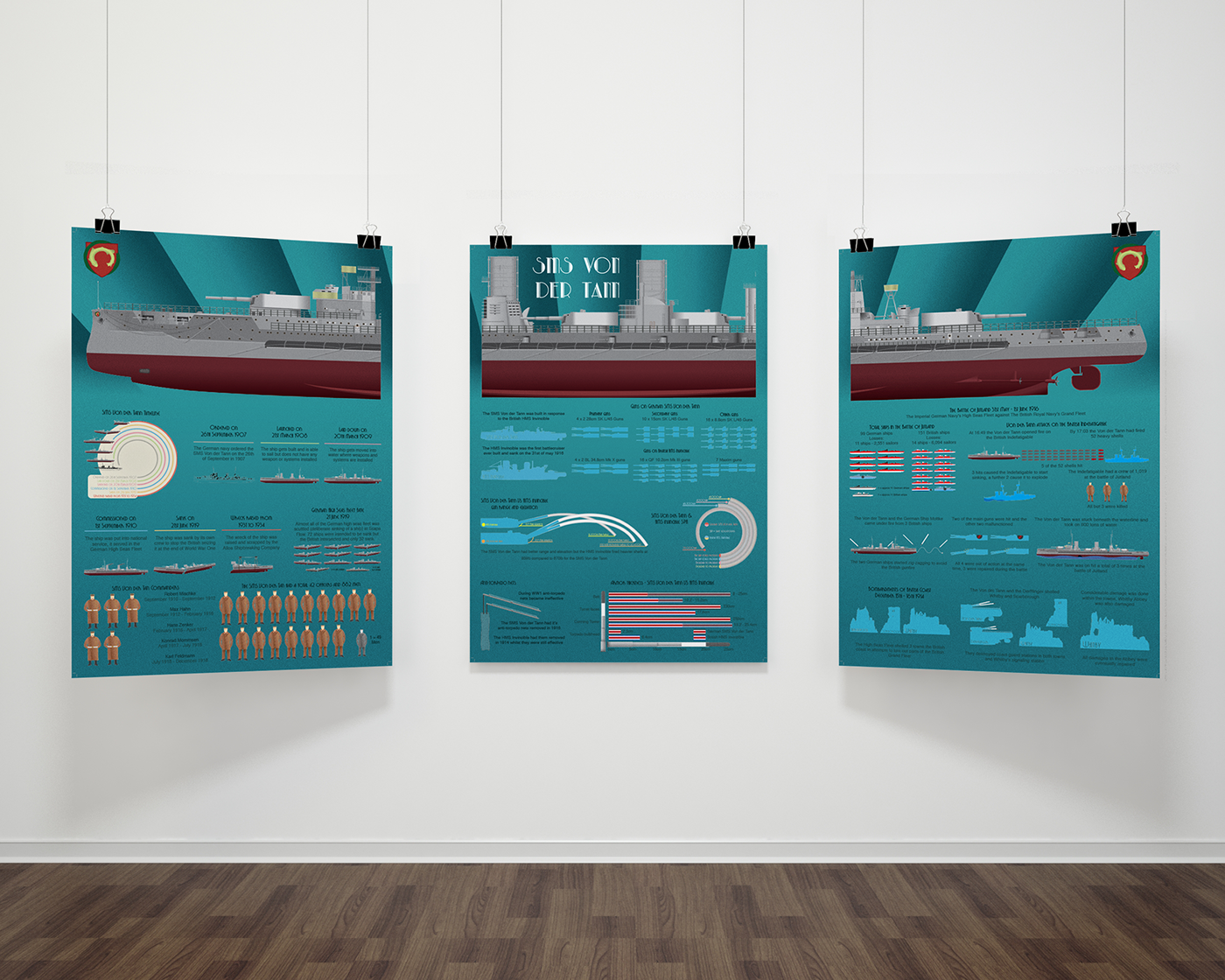How To Allocate Your Floor Covering Job: A Practical Guide
How To Allocate Your Floor Covering Job: A Practical Guide
Blog Article
Uploaded By-Craven Carlson
When you're planning a flooring job, budgeting isn't just about choosing a number; it has to do with understanding what you truly need and the prices involved. You'll wish to assess your certain demands, research different materials, and anticipate unforeseen expenditures. Think of how factors like room purpose and setup techniques can impact your spending plan. But prior to you jump in, there are some essential details you might forget that might dramatically influence your total expenses. Let's explore exactly how to navigate these intricacies and ensure your job stays on track.
Assessing Your Floor Covering Demands
Before diving right into your floor covering job, it's critical to analyze your floor covering requires. Start by thinking about concrete painters where you prepare to install brand-new flooring. Think of the objective of each room. As an example, kitchens and bathrooms need waterproof products, while living areas may benefit from comfort and looks.
Next, review the status quo of your floorings. Exist any architectural issues, such as irregular surface areas or wetness issues? Resolving these worries early can save you time and money down the line.
Additionally, keep in mind of the measurements of each room to figure out how much flooring you'll require.
Don't forget to consider your way of living. If you have pet dogs or young children, toughness might be your top priority, while a much more formal area might require an extravagant finish. Additionally, think of your layout choices. Do you like a traditional look, or are you attracted to modern designs?
Finally, be practical regarding just how much upkeep you're willing to commit to. Some products require more upkeep than others. By comprehending your demands clearly, you'll be much better furnished to make enlightened selections as you progress with your floor covering job.
Estimating Prices and Products
Approximating expenses and products is a pivotal step in your flooring task that can dramatically influence your general budget plan. Start by measuring your room properly to establish just how much flooring you'll need. For a lot of materials, you'll locate prices by square foot, so accumulate quotes from different vendors to obtain a realistic number.
Next off, think about the sort of flooring you want. Alternatives like hardwood, laminate, tile, or carpet all featured various price factors. Research the prices for every and factor in any added products like underlayment, glue, or transition strips.
Do not forget to include tools if you're intending a DIY installation, as leasing or purchasing tools can add to your costs.
Labor costs are another vital consideration. If you're working with professionals, get quotes from multiple professionals to guarantee you're getting a fair cost. Be clear about the scope of work to prevent unforeseen fees later on.
Finally, it's wise to set aside a tiny percent of your budget for any type of unforeseen costs related to products. By thoroughly approximating your prices and materials ahead of time, you'll set yourself up for a smoother and a lot more workable floor covering project.
Planning for Hidden Expenditures
Many property owners forget the surprise expenses that can occur throughout a floor covering task, which can lead to budget overruns. To prevent this, you need to prepare for potential extra costs.
Initially, consider the problem of your existing subfloor. If it's damaged or irregular, you'll likely need fixings or leveling, which can include considerably to your general cost.
Next off, consider removal and disposal costs for your old floor covering. Numerous professionals charge extra for this solution, so aspect that right into your spending plan.
In addition, don't forget the expenses of underlayment, which may not be consisted of in the preliminary quote but are vital for a successful setup.
You should likewise plan for unpredicted complications, such as pipes or electrical job if your floor covering task includes moving components. It's a good idea to reserve at least 10-15% of your complete budget for these unanticipated expenditures.
Lastly, keep in mind that authorizations might be required for sure installations. Always inspect neighborhood laws to avoid fines or delays.
Verdict
Finally, budgeting for your floor covering job is crucial for an effective end result. By examining your requirements, approximating prices, and planning for covert expenses, you'll avoid shocks and remain on track. Bear in mind to allot a part of your allocate unforeseen expenses and maintain a detailed breakdown of your expenditures. With mindful planning and consideration, you'll produce a beautiful area that meets your needs without breaking the financial institution. Pleased flooring!
